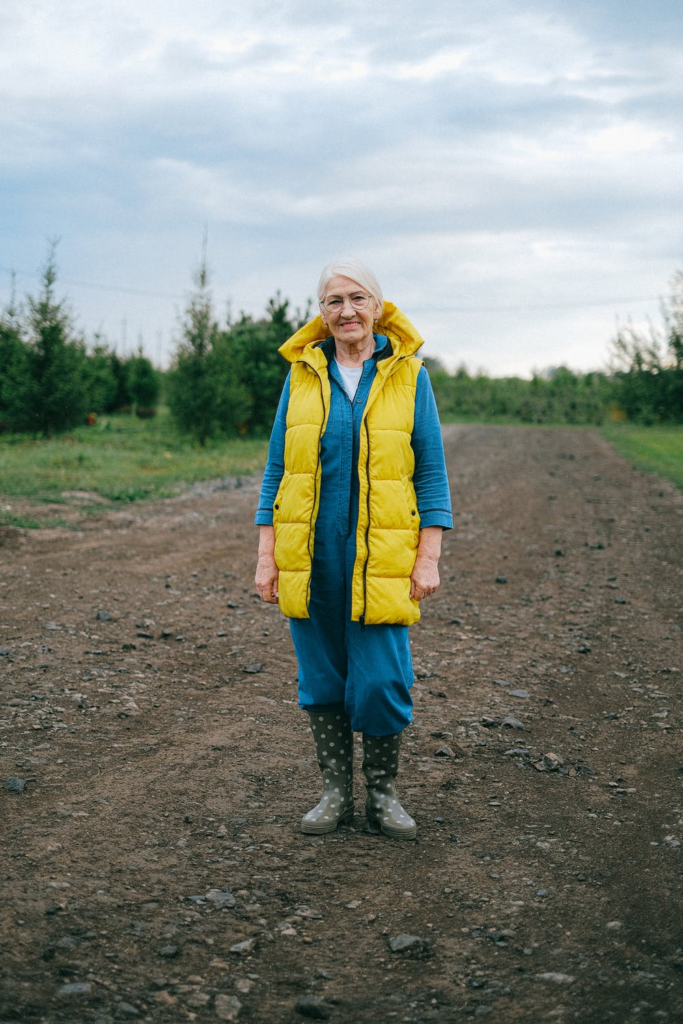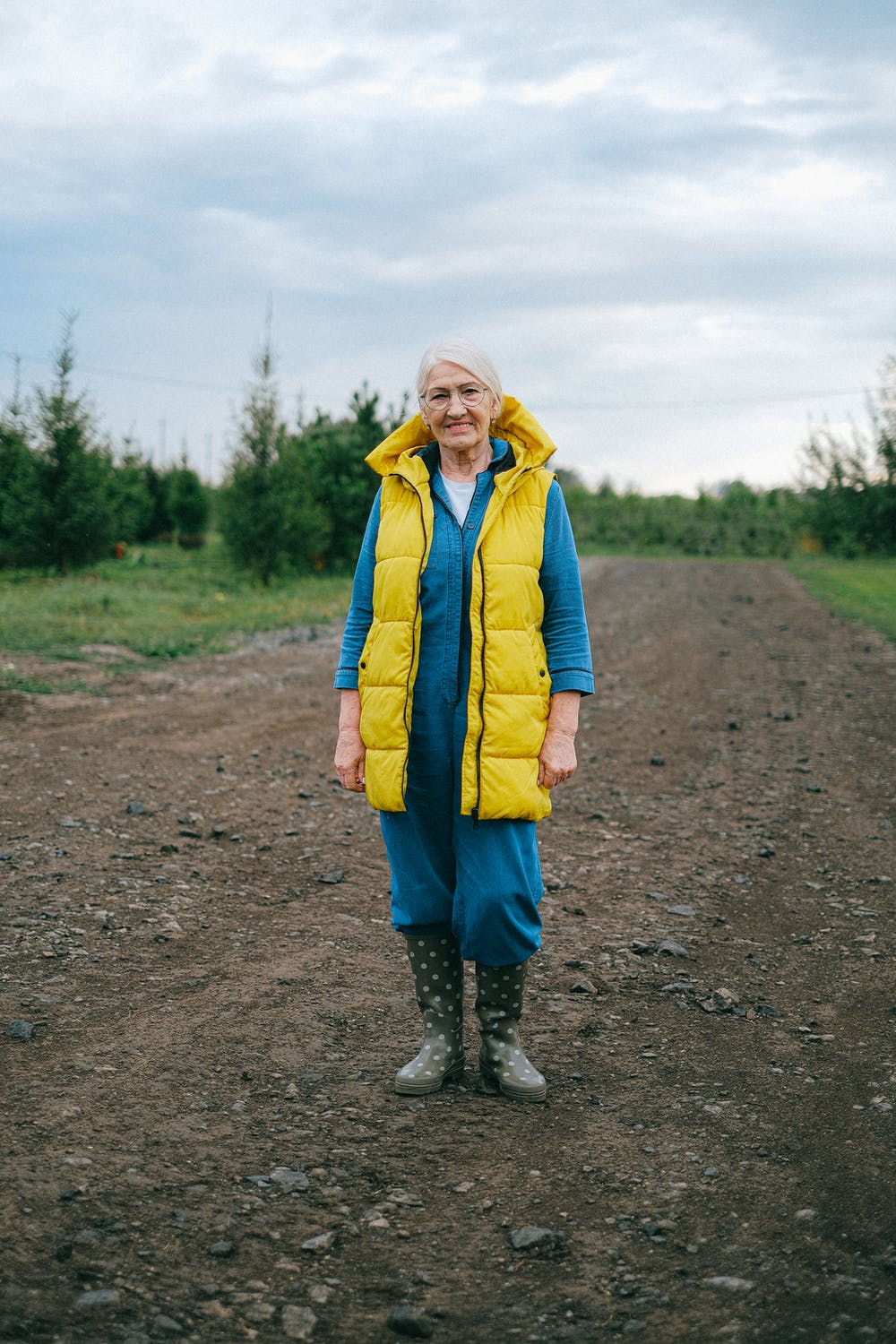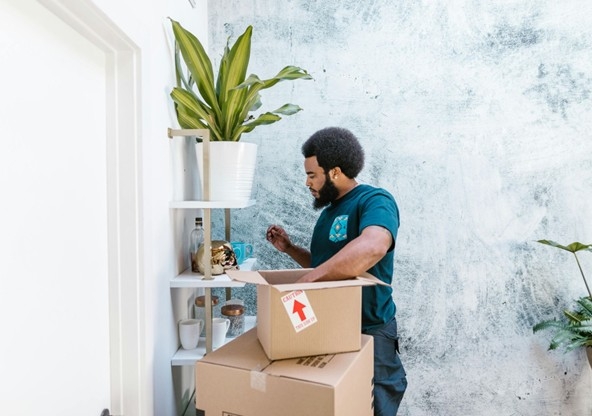
In our increasingly complex times, homesteading has become a popular way to return to a simpler lifestyle, especially for many retirees. It’s a movement towards greater self-sufficiency and sustainable living. It can mean everything from growing your own food to going completely off-grid; depending on how self-sufficient you want to be, you can homestead almost anywhere.
Are you ready to take the plunge? First, read these tips to ensure you get started out on the right foot.
How To Begin
Sometimes it’s hard to tell how homesteading will fit with your retirement lifestyle. Maybe you like the concept, but the pieces of the puzzle are too vague in your mind. Here is a sampling of homesteading activities that mesh nicely with retirement:
- Planting vegetable gardens
- Baking your own bread
- Raising micro livestock for eggs, milk, and meat
- Canning, pickling, and preserving food
- Sewing your own clothes
- Planting a vineyard and making your own wine
Of course, there are a variety of other ways you can make homesteading your retirement lifestyle, and Reuters points out it can be done inexpensively. In fact, all of these concepts can be easily integrated within most suburban or semi-rural areas.
What Size Property To Consider
Although having a large house and yard isn’t necessary to homestead, it does give you more options, particularly if you have a large extended family. Imagine, for instance, the incredible memories you could make with your children and grandchildren. Picture your grandkids visiting you on the farm during their summer vacations, helping you feed the chickens and pick the vegetables. Spending that kind of quality time together would be priceless.
A good-sized home can also be useful if you want to have bonus spaces, such as a crafting area, playroom, workshop or office. Plus, it provides ample space for entertaining.
The size of your yard should accommodate whatever gardens or animals you need room for, perhaps with extra space to expand. A real estate professional can help you determine the lot size and square footage that would work best for you.
How To Budget for a Homestead Property
Taking steps to budget for your post-retirement income is important:
- Find a bank with the lowest mortgage rates and get pre-qualified for a loan.
- Talk to a dedicated realtor from Leading Vegas Realty to determine your current home’s resale value and projected sale price.
- Decide whether to use any other assets you have towards the purchase of your new home.
- Research the cost of incorporating gardens and/or animals on your new property.
Carefully consider which mortgage option is right for you. If you have a good credit score, a conventional mortgage typically offers flexible and lower-cost rates. And you won’t have to pay mortgage insurance once your equity tops 20 percent.
What Else To Keep in Mind
As you probably are aware, moving after retirement can be more challenging — and require more help — than when you were younger. Ask family and friends for assistance in packing and moving heavy boxes so you don’t overdo it. You need to have plenty of energy to set up your new home and begin your homesteading journey. Consider hiring a senior move manager to facilitate the whole process for you.
Homesteading in retirement can be an extremely rewarding way to live out your golden years. Research and connect with other homesteaders to make sure this lifestyle is the right one for you, and then start searching for a new home to start your new life. And let the pros at Leading Vegas Realty guide you to the perfect property. 702.545.6050
Bob Shannon, Writer




